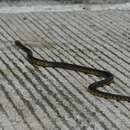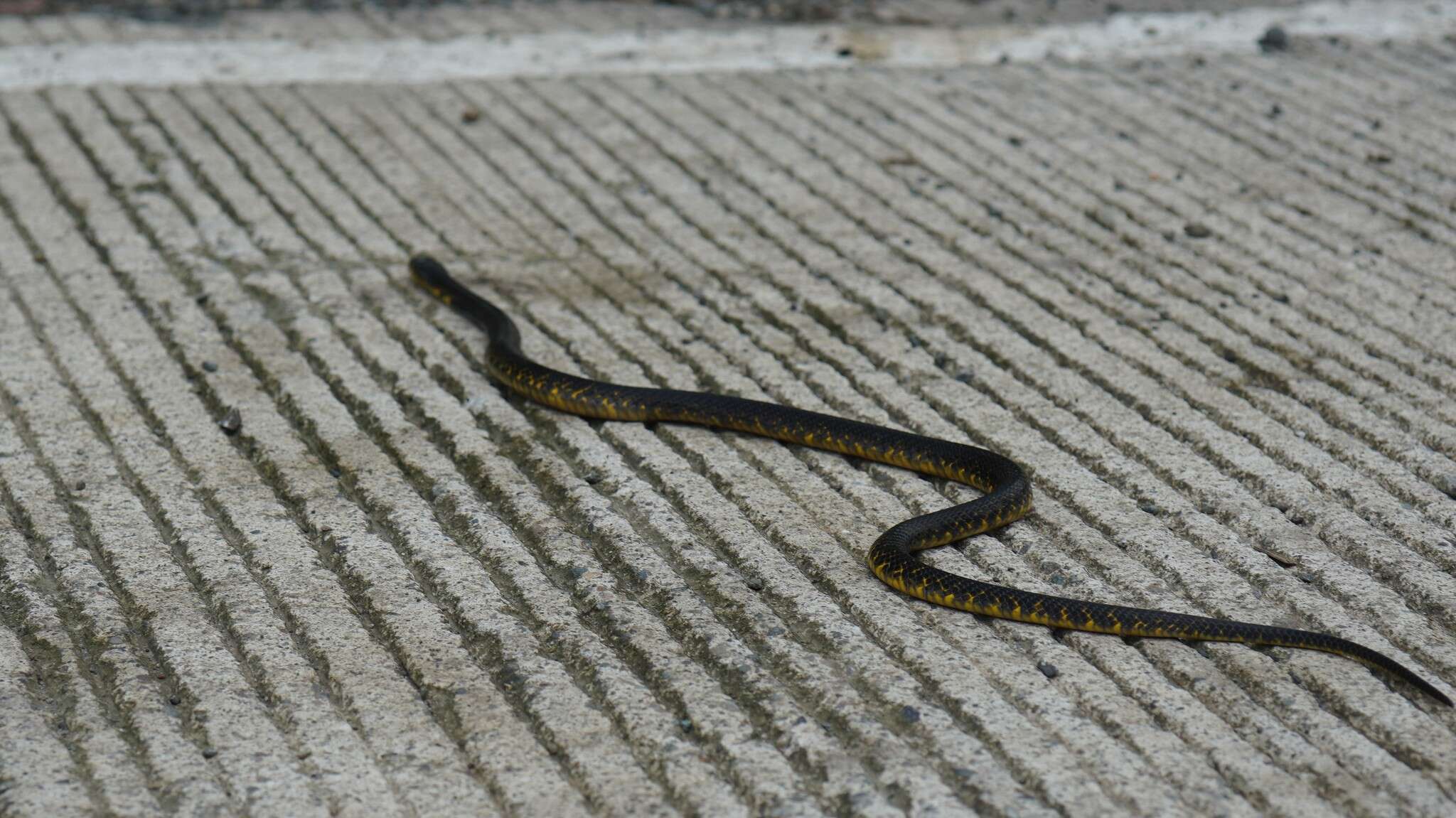en
names in breadcrumbs



Naja samarensis (Samar Cobra) is a species of snakes in the family elapid snakes. They are listed in cites appendix ii. They are found in the indo-malayan realm. They have sexual reproduction.
EOL has data for 21 attributes, including: